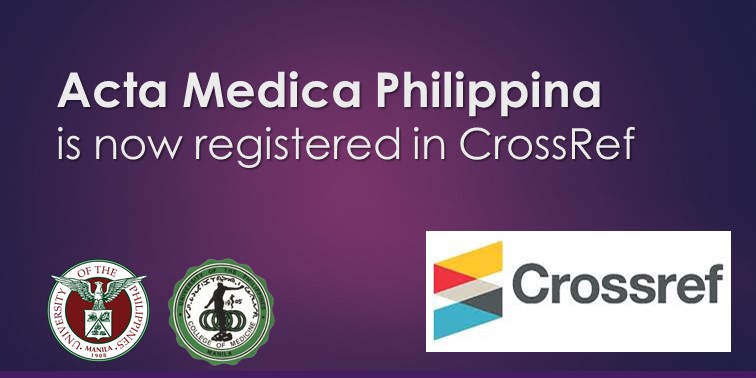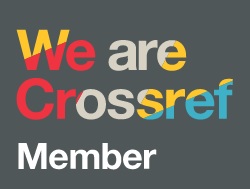Challenges and Adaptations of TB-DOTS Services during the COVID-19 Pandemic in South Cotabato Province, Philippines: A Mixed Methods Study
DOI:
https://doi.org/10.47895/Keywords:
tuberculosis, COVID-19 pandemic, Philippines, case notification rate , treatment success rate , TB-DOTS, health system resilienceAbstract
Background and Objective. The COVID-19 pandemic has adversely affected various healthcare services worldwide, including tuberculosis (TB) control programs. This paper examines the impact of the COVID-19 pandemic on TB case notification rate (CNR) and treatment success rate (TSR), and the challenges and interventions in TB-DOTS (directly observed treatment short-course) services in the Province of South Cotabato, SOCCSKSARGEN Region, Philippines.
Methods. An explanatory sequential mixed methods design was used to describe the experiences of South Cotabato in implementing TB-DOTS services during COVID-19 pandemic. Monthly data on CNR and TSR under TB-DOTS from March 2019 to February 2022 were retrieved from the Department of Health’s Integrated Tuberculosis Information System (ITIS) through records review. One-way analysis of variance (ANOVA) and Tukey’s test were used to analyze quantitative data. Focus group discussions (FGD) were conducted among four groups of program implementers (NTP coordinators, nurses, medical technologists, and barangay health workers) encompassing the challenges encountered in the implementation of TB-DOTS services as well as interventions done before and during the COVID-19 pandemic.
Results. During the pre-COVID-19 period (March 2019-February 2020), a CNR of 334 per 100,000 population was reported in the province. There is a 35.19% decrease in TB CNR during COVID-19 Year 1 (March 2020-February 2021) at 216 per 100,000 population, followed by a 37.63% increase in Year 2 at 298 per 100,000 population. The mean TSR covering the pre-COVID period was 96% (SD = 0.01) while the mean TSR in COVID-19 Year 1 was 93% (SD = 0.02), significantly lower than that of the pre-pandemic period, followed by monthly TSR ranging from 91% to 98% (SD = 0.02), an increase in Year 2. From the FGDs, six pre-existing barriers were identified such as patients’ f inancial constraints, hard-to-reach areas, poor health seeking behavior, persistence of TB stigma, medicine and supply shortages, and inadequate health workforce were experienced before and during the COVID-19 pandemic. On the other hand, six emerging challenges brought by the COVID-19 pandemic were reallocation of services, movement restriction, additional protocols, reporting delays, and fears among patients and health workers. The decrease in CNR and TSR during COVID-19 Year 1 aligned with the emergence of new challenges in TB-DOTS services brought by the pandemic. These aggravated pre-existing barriers which further caused delays in the diagnosis and treatment of TB patients. Nine interventions done to address these challenges were also described, the most critical being health education, strengthening community-based services, use of telecommunications, resource pooling for essential medicines, adjusting medication dispensing, and coordination with local government units and policy enhancements.
Conclusion. TB-DOTS services in South Cotabato experienced various difficulties during the COVID-19 pandemic which led to initial declines in CNR and TSR. Addressing barriers and challenges were vital in ensuring the continuity of TB services and mitigating the impact of COVID-19 crisis on CNR and TSR. This study demonstrates the adaptability and resilience of South Cotabato's TB-DOTS services in response to COVID-19 challenges and highlights the need for strategies ensuring continuity of TB services and healthcare system resilience in light of Universal Health Care. Recommendations are outlined to improve current policies and practices as well as lay future directions for research on health service delivery and program implementation in relation to pandemics and other types of disasters.
Downloads
Published
Issue
Section
License
Copyright (c) 2025 Acta Medica Philippina

This work is licensed under a Creative Commons Attribution-NonCommercial-NoDerivatives 4.0 International License.




.jpg)



